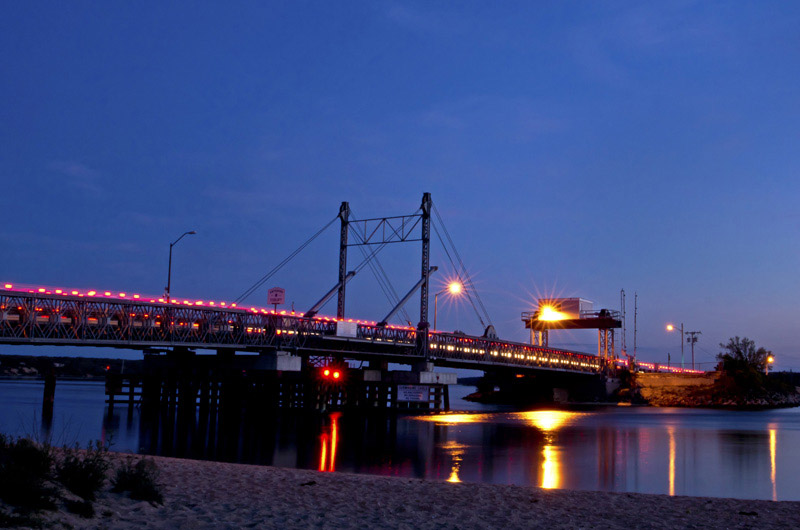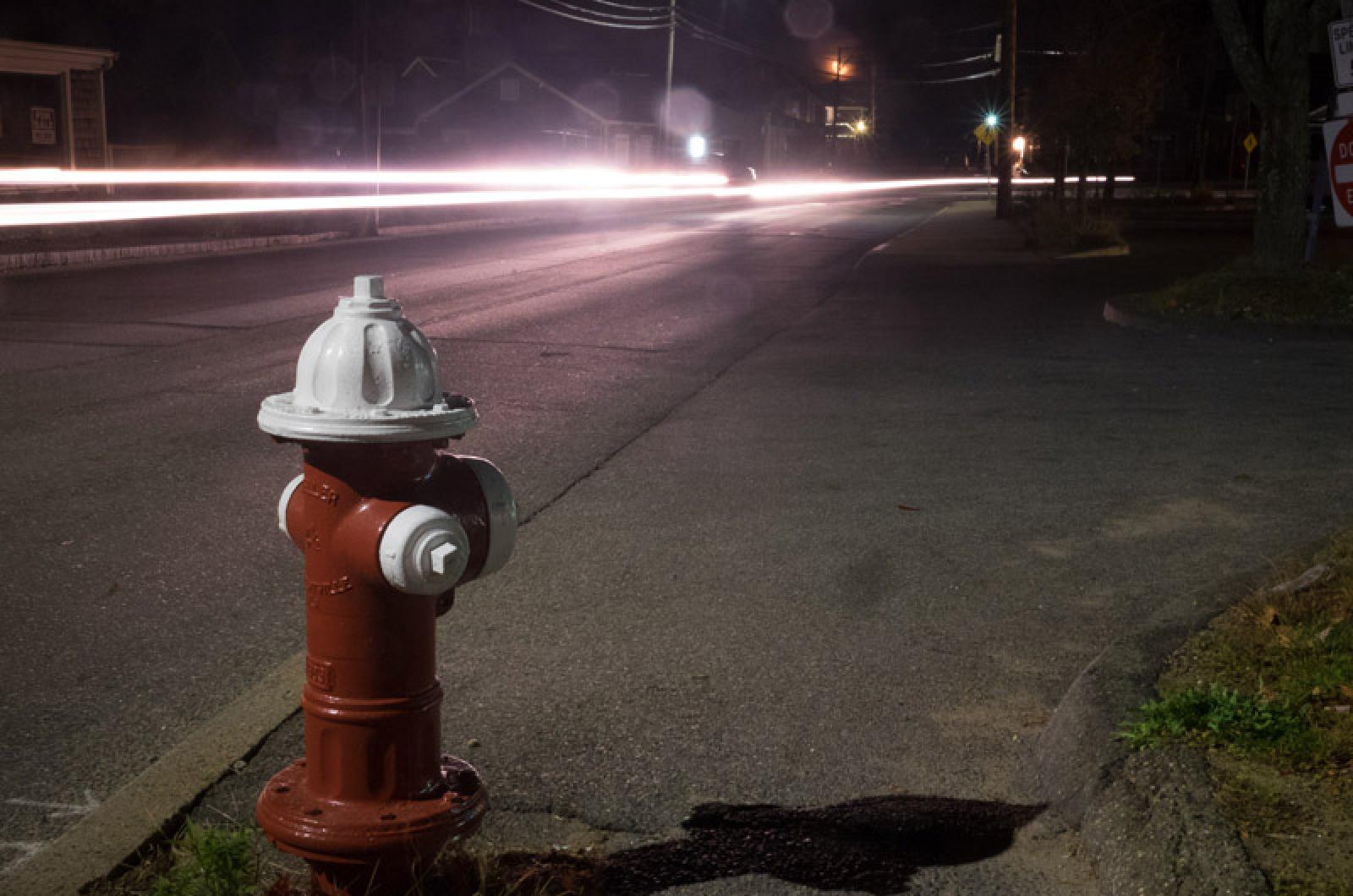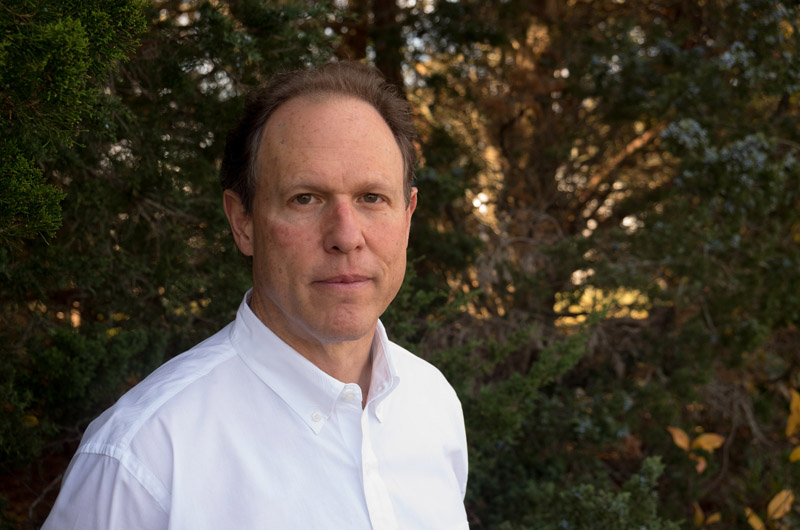Amid the escalating opioid crisis across Massachusetts, new statistics from the state Executive Office of Health and Human Services, as well as from local doctors and police, leave little doubt that the scale of heroin and prescription narcotic abuse on Martha’s Vineyard is on the rise, claiming more lives and destroying more families.
“My God, what a tragedy,” said Dr. Charles Silberstein, an Island psychiatrist who is certified in addiction psychiatry and treats recovering addicts. “We’ve never seen this, a phenomenal epidemic here.”
“It’s brutal, it tears your heart in half,” said Hazel Teagan, who has counseled addicts seeking treatment at the Martha’s Vineyard Hospital emergency room for many years. Many of them are people she knows, or knows their family.
“It’s your businessmen, it’s your student, it’s the mother and father, professionals, all walks of life,” she said.
Statistics on overdose deaths are difficult to assess. Year-to-year comparisons are made more challenging by the dramatic increase in prescription opioid abuse, and public health officials have changed what is counted as an opioid overdose as recently as last year. There is a lag in reporting of death certificates, often because of pending investigations into the cause of death. Suicides among people struggling to cope with addiction are not uncommon, according to police and medical providers, but suicides are not included in the data. State public health officials have developed a model, which incorporates as many variables as possible, to project estimates of the data, even before all suspected cases of opioid overdose fatalities are confirmed. State data for 2014 includes some projections from this model.
According to the new data, statewide 911 people died of heroin or prescription opioid overdoses in 2013, a 36 per cent increase over the previous year. In 2014, 1,089 deaths are confirmed and public health officials project that number will rise to 1,256 once all the data from death certificates and other sources is in. Using the projection, the number is also a 36 per cent increase over the previous year.
By contrast, 371 people died in motor vehicle accidents in Massachusetts in 2014.
State data also shows a sharp increase in fatal opioid overdoses on the Vineyard. According to Health and Human Services, there were 15 fatal opioid overdoses on the Island from 2000 to 2014. The state counts one fatality in 2013 and five in 2014. But Dr. Silberstein believes the numbers are off.
“I think the state’s numbers are way too low,” he said. “I counted at least six deaths last year. This year I’ve counted at least 10.”

His counts, while not official, reflect the observations of someone on the front lines of heroin and prescription narcotic addiction treatment and prevention. Within the community of recovering addicts, news of an overdose death travels fast, and Dr. Silberstein hears about it quickly.
He also tracks Vineyard residents who die of an overdose elsewhere.
“I’m counting the people who are connected to Martha’s Vineyard, who have lived here and have family and friends here,” Dr. Silberstein said. “People go where the heroin is cheaper, so they go off-Island.”
State data tracks only deaths caused by an opioid overdose. But according to local police, there has been a dramatic increase in response calls for overdoses that do not end in fatalities. Most police departments and all EMTs on the Island now carry naxalone (Narcan), which can quickly reverse the effects of a narcotic overdose.
Edgartown police Det. Michael Snowden, who investigates drug crimes as a member of the Martha’s Vineyard Drug Task Force, said calls for opioid overdoses have reached a troubling level during the past year. “Absolutely. It’s almost once a week where an ambulance is being called for a patient with a possible overdose,” he said.
Last year, according to the state’s prescription drug monitoring program, medical providers on Martha’s Vineyard wrote 8,704 prescriptions for opioid pain medications. A total of 595,884 pills were dispensed to 2,462 individuals for powerful pain medications like oxycodone (Oxycontin), hydrocodone with acetaminophen (Vicodin), or oxycodone with acetaminophen (Percocet). The average amount dispensed to each person was 244 doses.
That only counts the pills sold legally.
Until January 2013, reporting to the state prescription drug monitoring program was voluntary. Now physicians who renew their licenses are automatically enrolled in the reporting program, but reporting is still voluntary for pharmacies. At the end of 2014, 66 per cent of the eligible doctors in Massachusetts were enrolled. About 27 per cent of pharmacies are enrolled in the program.
Police and medical providers report many people turn to heroin after becoming addicted to prescription pain medications, evidence backed up by scientific research. The increase in the number of people using heroin closely mirrors the increase prescription narcotic abuse. A 2013 nationwide study by researchers Pradip Muhuri, Joseph Gfroerer and Christine Davies established that in the period from 2002 to 2011, four out of five people who began using heroin for the first time had used prescription pain medication in the previous year.
Still, state data indicates Martha’s Vineyard has fewer prescriptions filled and fewer pills dispensed, according to its population, than many other areas. Even harder hit by the epidemic, according to the data are Cape Cod, Bristol, Essex and Middlesex counties.
Increased rates of substance abuse in geographically isolated areas is well documented by scientific research. In a small, isolated community like the Vineyard, where most people know their neighbor, and family relationships extend across the Island, those who see the scourge on a daily basis talk about its devastating effect.
“Sometimes it’s amazing how much opiate addiction you see in one family,” said Dr. Silberstein.
“We’re a closer community so I think we feel it more,” Ms. Teagan said.





Comments (11)
Comments
Comment policy »